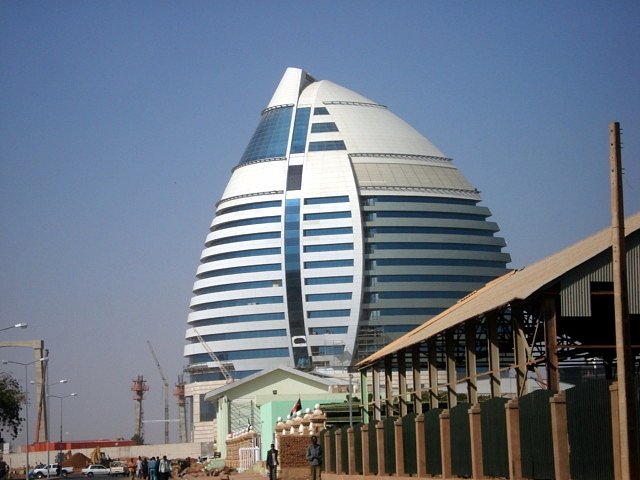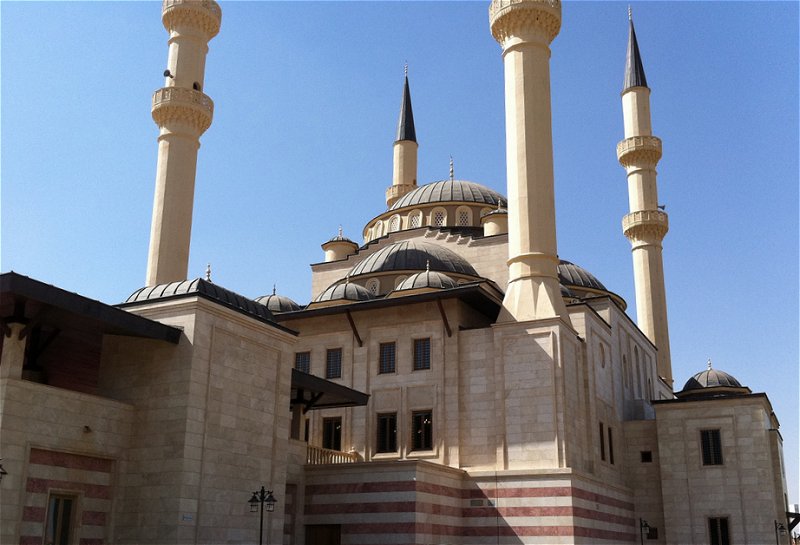Khartoum (Arabic: الخرطوم) is the capital and second largest city in Sudan. It is located within a metropolitan area comprising Khartoum proper, Khartoum North and Omdurman. The city of Khartoum has a population of 640,000 people (2012 estimate), within a metropolitan area exceeding five million inhabitants.
Khartoum is located at the confluence of the White Nile, which flows from Lake Victoria, and the Blue Nile, flowing from the highlands of Ethiopia. It was founded by Ibrahim Pasha, son to the then ruler of Egypt, Muhammad Ali Pasha, in 1821.
In the early days, Khartoum served as a military installation but over time, grew to became a trading center, particularly of slaves. At the same time, it also developed a role as the administrative center for the region of Sudan, and eventually became the capital, initially of Anglo-Egyptian Sudan, and later of the independent Republic of the Sudan.
The modern history of Khartoum has been characterized by repeated political violence, among them the 1973 hostage crisis at the Saudi Arabian embassy, the 1998 US embassy bombings, and the 2008 fighting between the Darfur rebel group and the Sudanese government forces.
 Burj Al-Fateh, housing the Corinthia Hotel, beside the Nile in Khartoum, Sudan
Burj Al-Fateh, housing the Corinthia Hotel, beside the Nile in Khartoum, SudanSource: https://commons.wikimedia.org/wiki/File:5starhotel.jpg
Author: Allamiro

 Al-Noor Mosque, Khartoum
Al-Noor Mosque, KhartoumSource: https://commons.wikimedia.org/wiki/File:Al-Noor_Khartoum.jpg
Author: simsimt

Places of Interest in Khartoum
- Afra Mall
- Al-Mogran Family Park
- Burj al-Fateh
- Confluence of the Blue and White Niles
- National Museum of Sudan
- Nile Street
- Palace Museum
- Presidential Palace
- Souq Arabi
- Sudan Ethnographic Museum
 Latest updates on Penang Travel Tips
Latest updates on Penang Travel Tips

Copyright © 2003-2025 Timothy Tye. All Rights Reserved.

 Go Back
Go Back